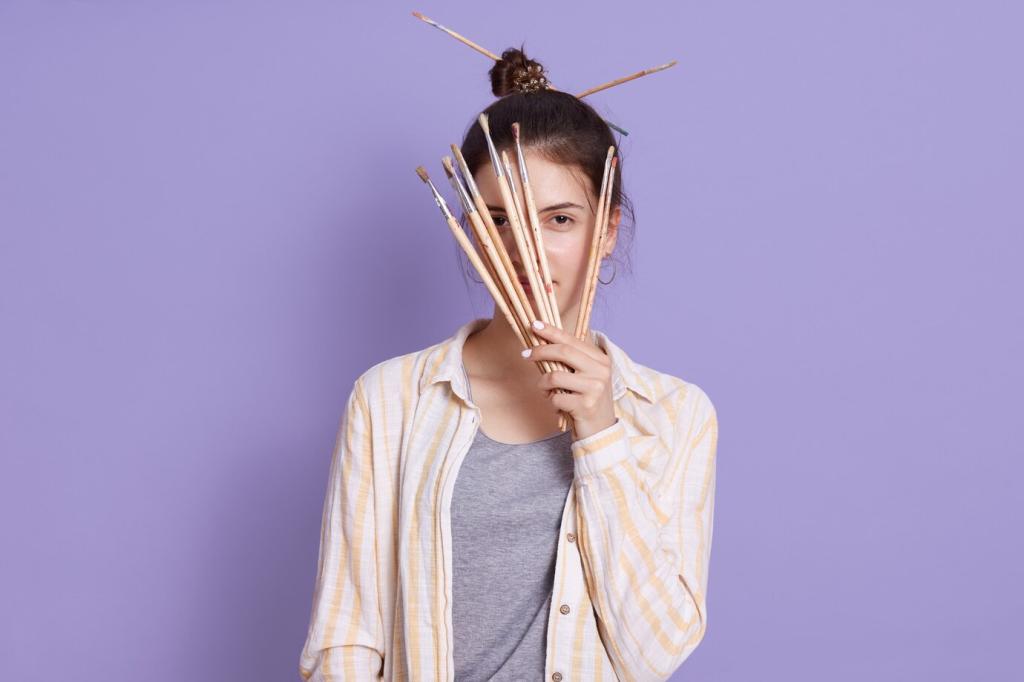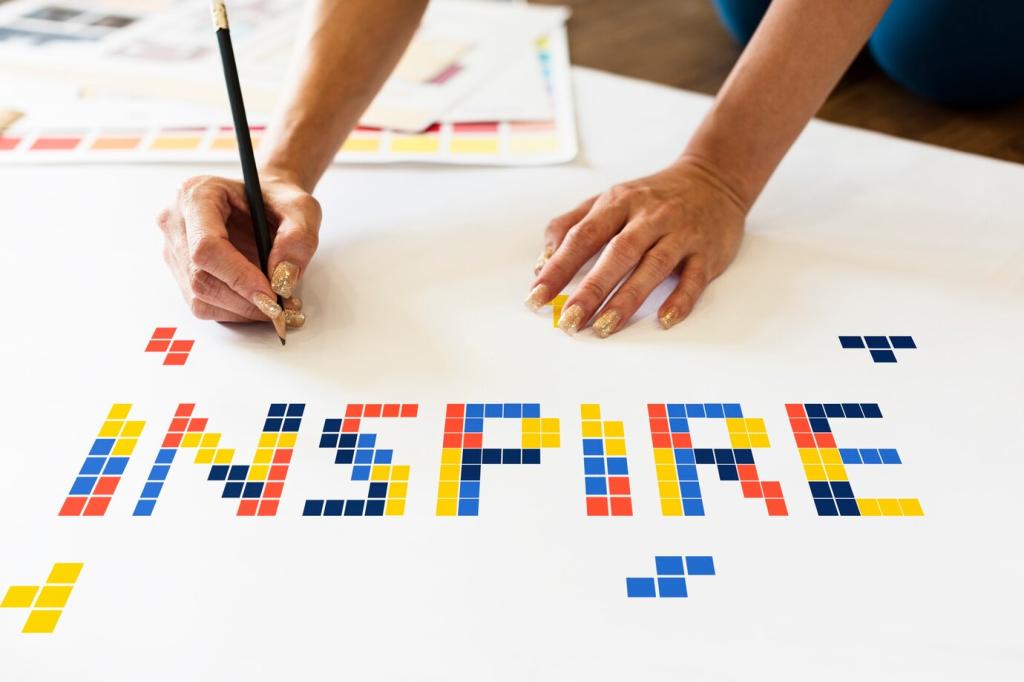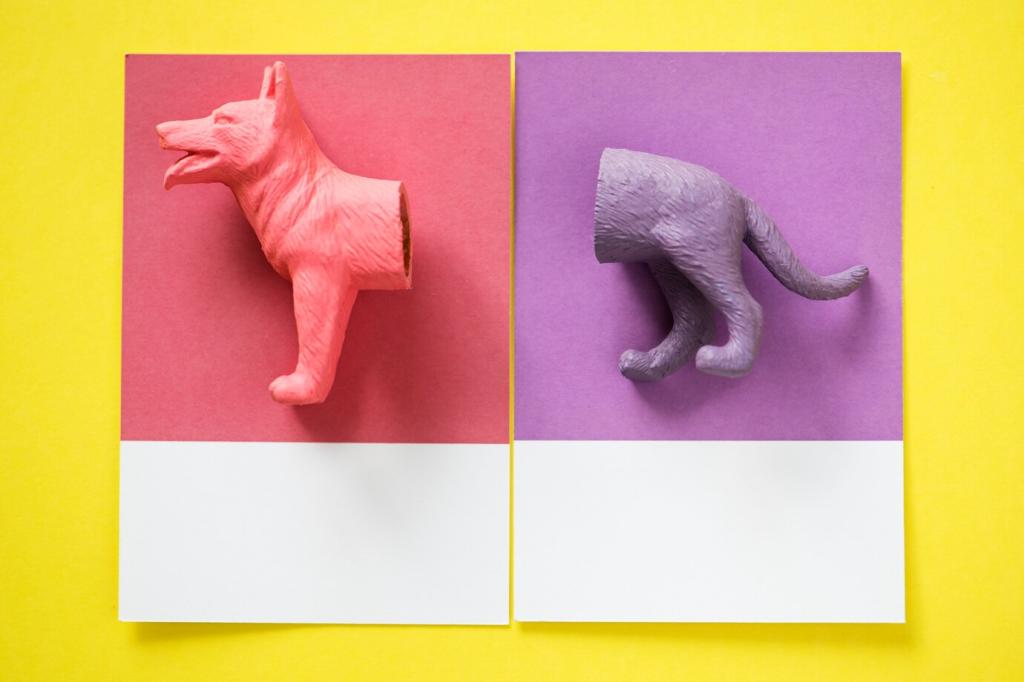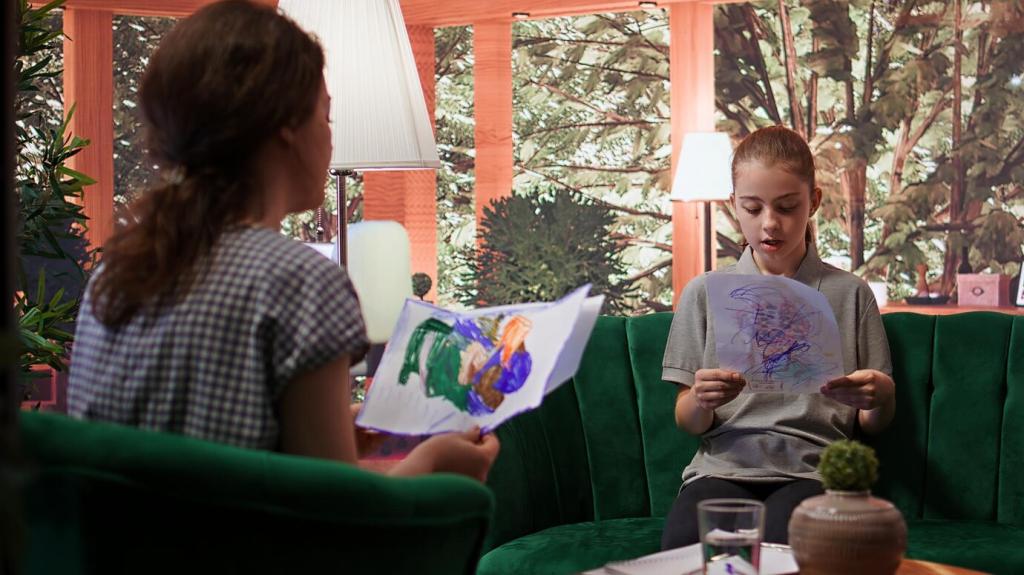Renaissance Networks: Workshops, Patrons, and Quiet Agendas
From religious orders to dukes, patrons influenced themes and emphases. Imagine a commission brief for a symbolic painting, draft three nonnegotiable requirements, and share it. How would Leonardo subtly satisfy power while preserving personal thought?
Renaissance Networks: Workshops, Patrons, and Quiet Agendas
Studios trained assistants to replicate and adapt motifs. That system spreads visual codes and muffles authorship. List a recurring motif you’ve spotted in multiple works and propose reasons for its persistence. Invite replies to test your hypothesis collaboratively.
Renaissance Networks: Workshops, Patrons, and Quiet Agendas
Gesture and costume obeyed rules of rank and piety, forming a social code. Identify one etiquette-driven detail in a Leonardo work and discuss its message. Share your reading and ask others whether class conventions clarify or complicate interpretation.








